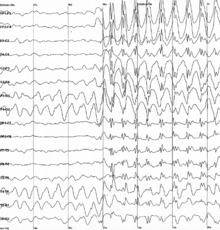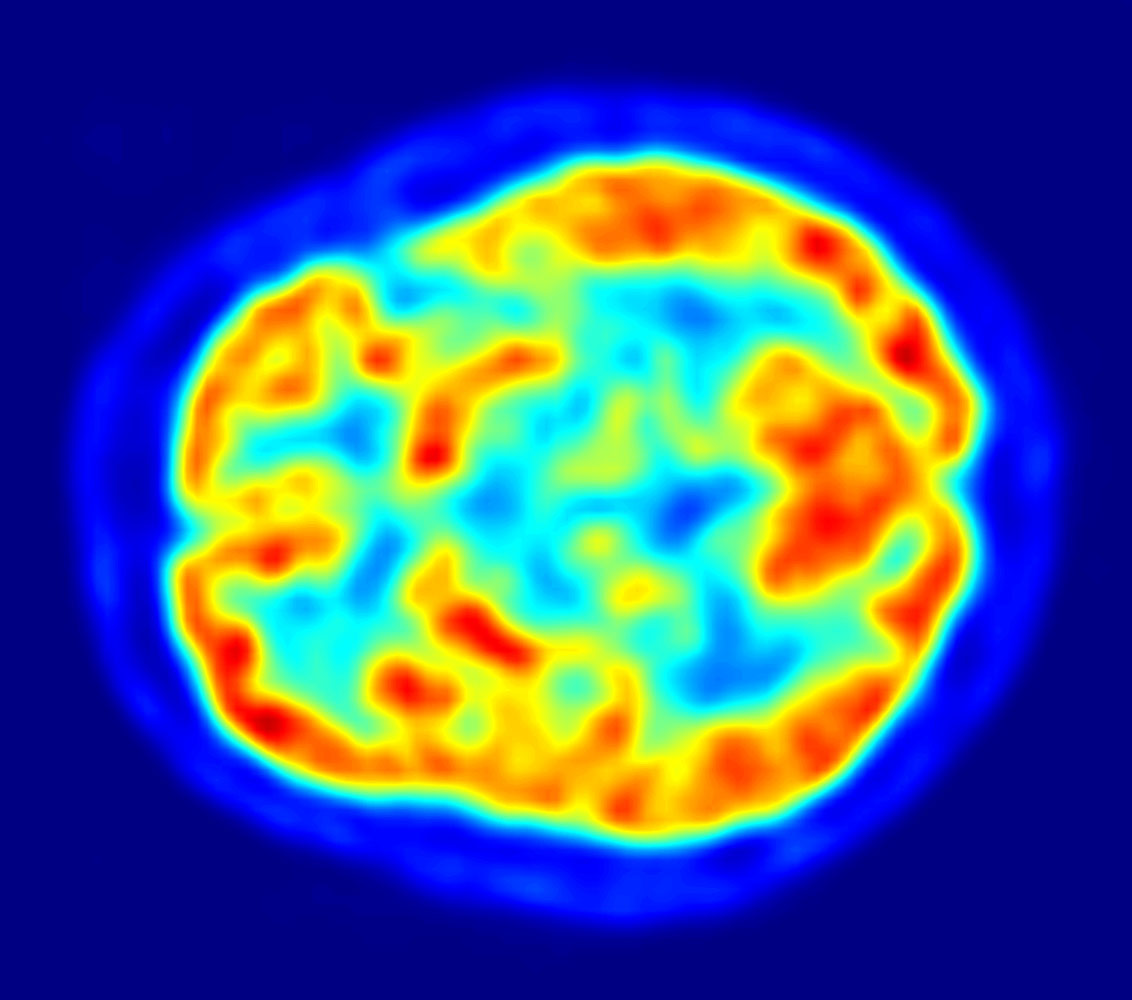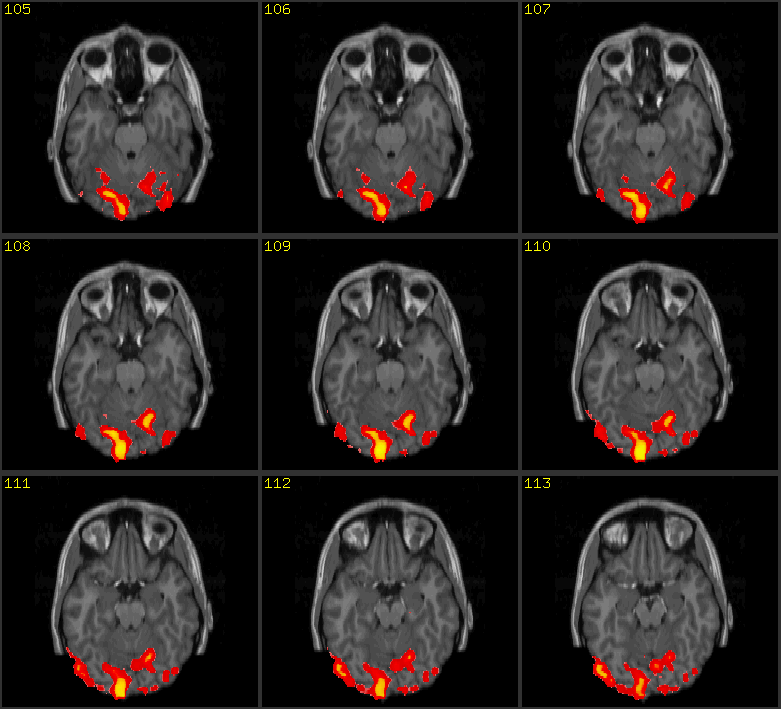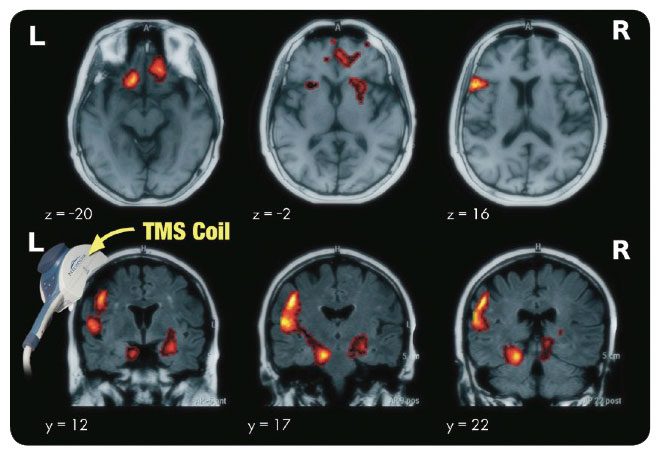Tools we use to study the
brain
Many tools are used to study the brain. Each works slightly
differently.
For each of the following get an example of a brain image
and a sentence or two about how it works or what it is used for.
CAT scan (computer axial tomography)
The CAT scan emits a series of narrow beams as it moves through. Many 2-D ray images are taken around a single axis of rotation and then placed together to create a 3-D image of thee brain.
Structural Magnetic Resonance Image
MRI scanning uses radio waves to produce images. The MRI scanner is a tube surrounded by a circular magnet.MRI scans are used as an accurate method of disease detection. It can view brain anatomy.
Diffusion-Tensor MRI (DTI)
Diffusion MRI measures how water molecules diffuse through the body tissue. It is used too diagnose strokes, multiple sclerosis, etc. DTI allows researchers to map connectivity between brain areas.
EEG (electroencephalograph)
PET scan (Positron emission tomography)
The patient must consume radioactive material in his/her body. The PET scan tracks the radioactive material. More radioactive material often corresponds to areas of disease, etc. It is used in evaluating neurological problems.
fMRI (functional MRI)
fMRI measures brain activity by detecting the changes in blood oxygenation and flow that occur in response to neural activity. fMRI shows parts of the brain that are involved in a particular mental process.
phMRI (pharamacological MRI)
phMRI uses drug stimuli to map brain function. It can provide information on neuro-receptor signaling and function. Drugs can elicit hemodynamic changes.
TMS (transcranial magnetic stimulation)
TMS uses magnetic fields to stimulate nerve cells in the brain to improve depression symptoms. A large electromagnetic coil is place on the head and sends electric currents.
references: http://www.pbs.org/wnet/brain/scanning/
http://www.amenclinics.com/
http://faculty.washington.edu/chudler/image.html








